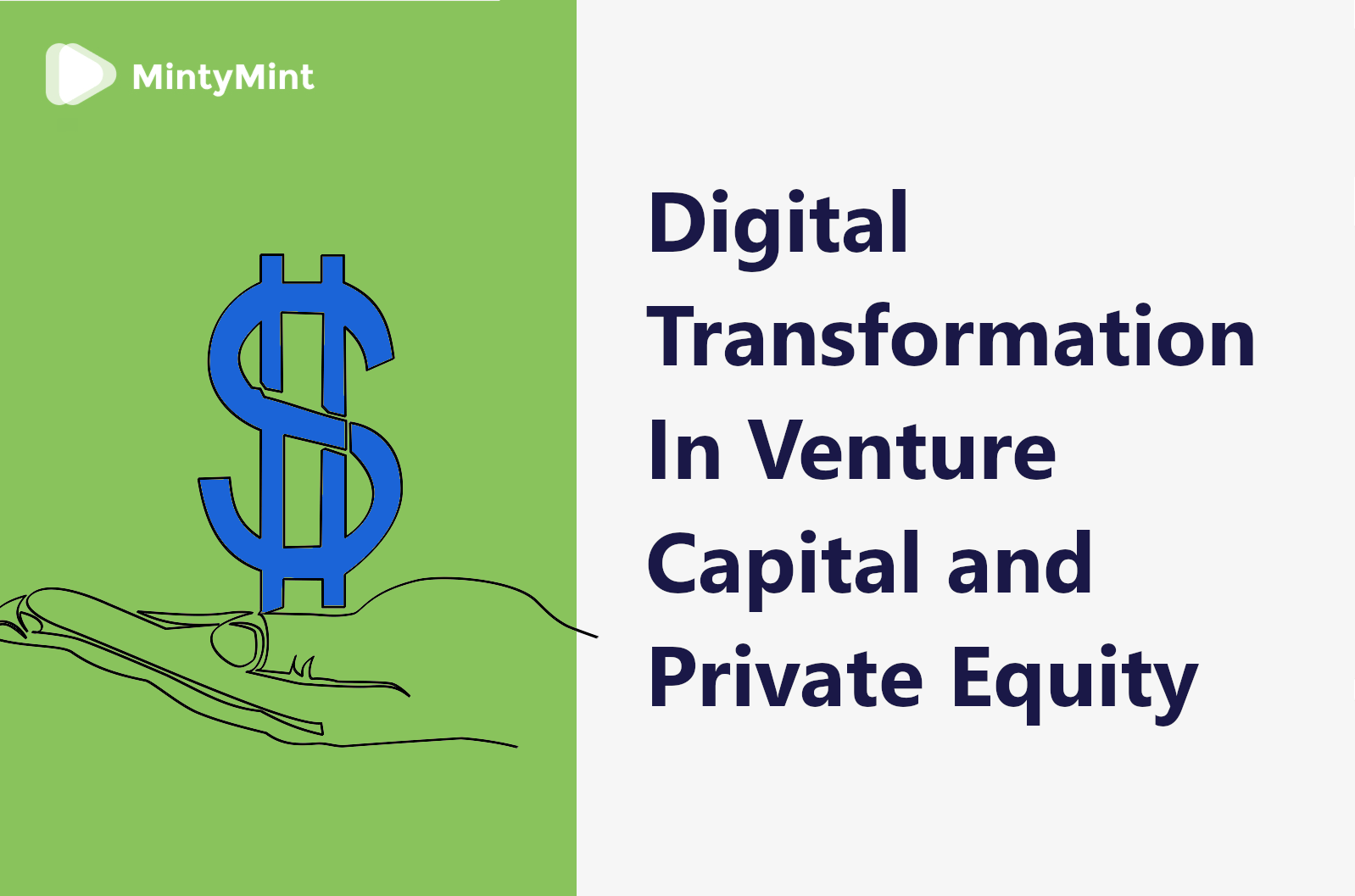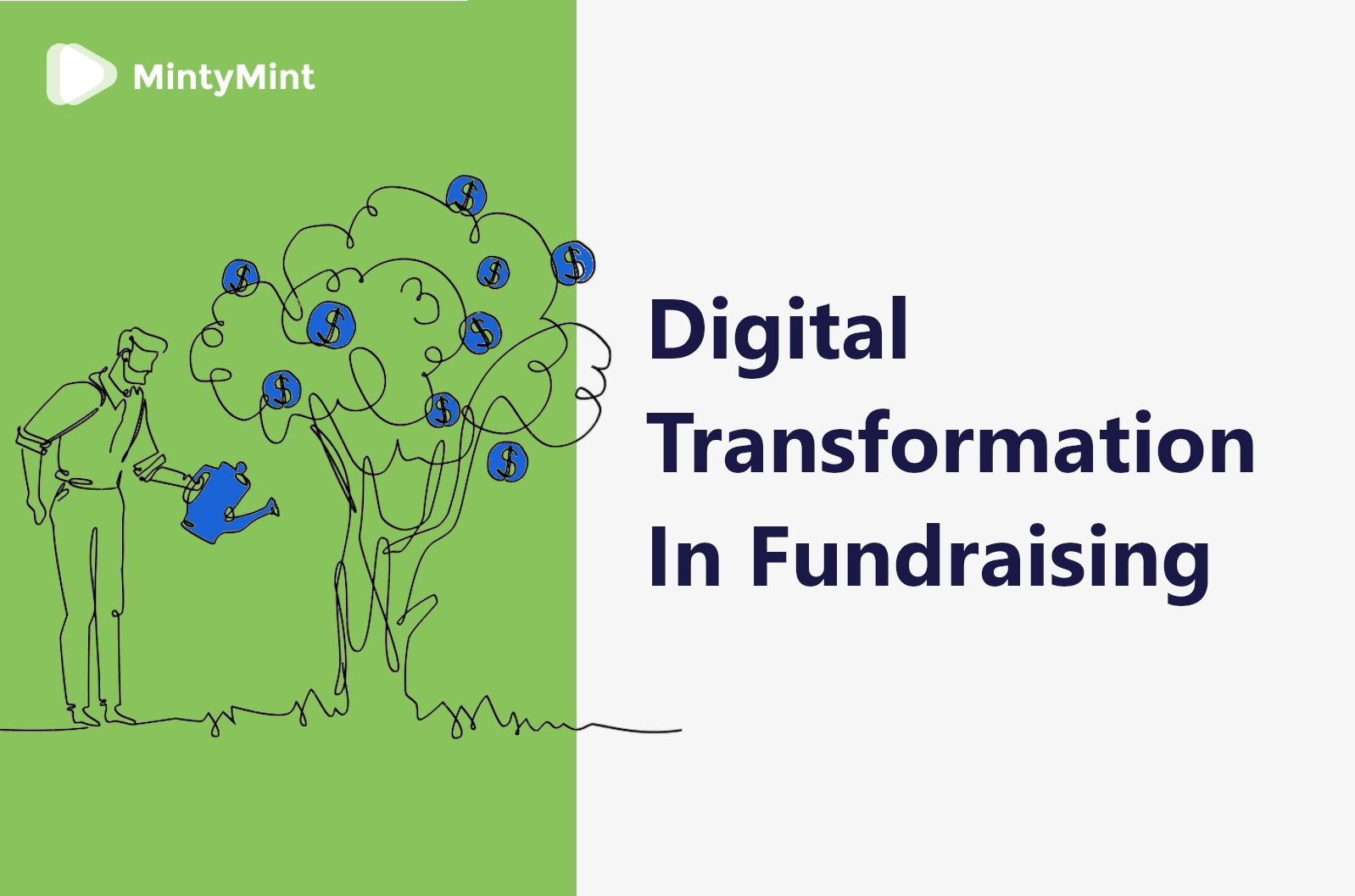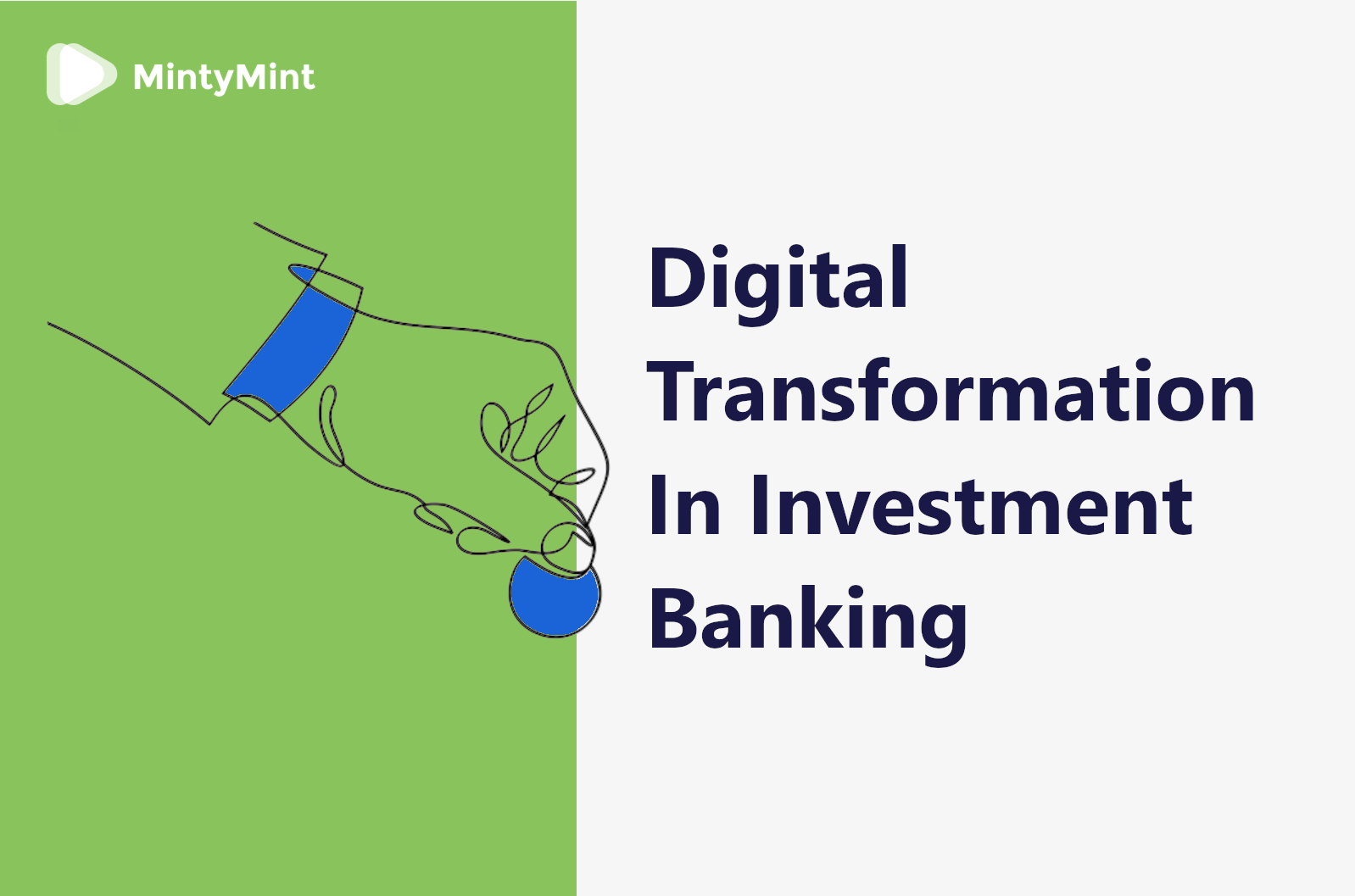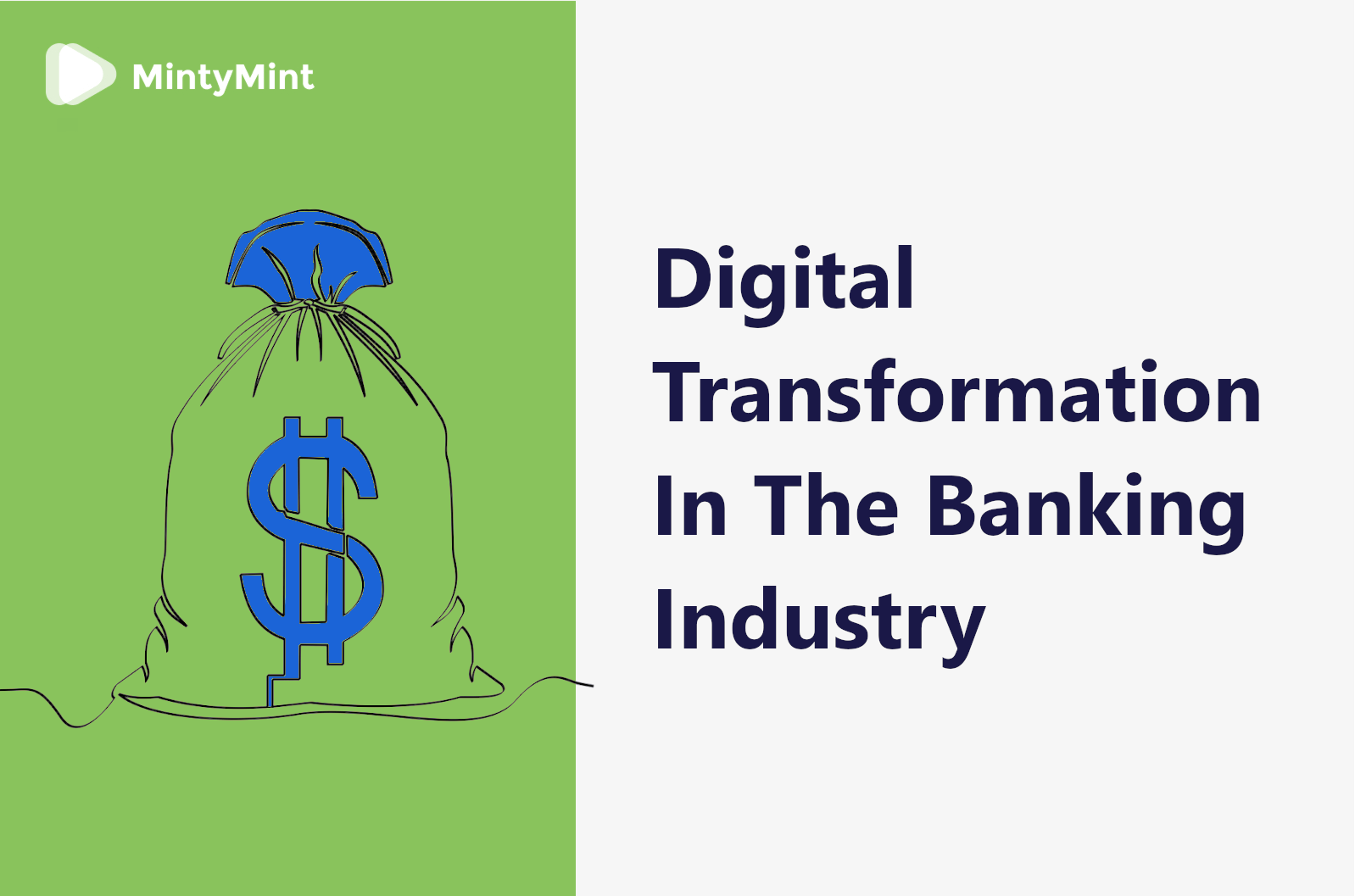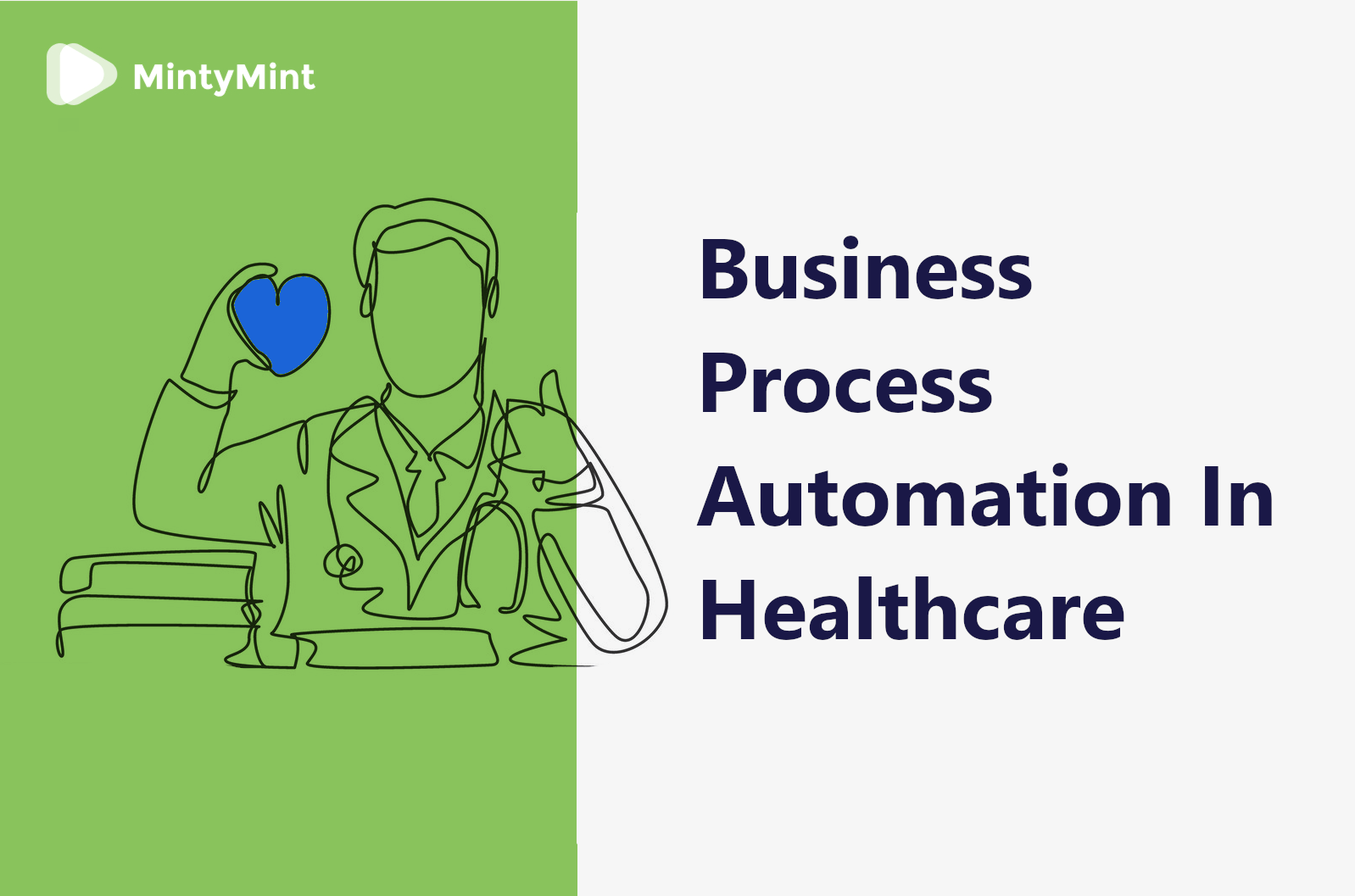Here’s a question:
When was the last time you had to install a piece of software on your computer’s hard drive? Can you name more than two?
The OS and Google Chrome don’t count!
I bet that it’s hard to tell.
Most probably, a very tiny percentage of the digital products you have recently used required installation. At the very least, there must have been the option of running an online version of the service.
The truth is that from data storage and communication to business management and finance solutions – the tools we depend on are relocating to the cloud, pulling industries worldwide in the same direction. In fact, companies have explored centralized computing since the mid-1980s, so the trend is not young.
Today, the reasons why over a third of all IT budgets are allocated to cloud technology lie on the surface: it is progressive, convenient, and cheap.
Now, where does SaaS fit in all that?
SaaS stands for Software as a Service.
It can be considered a subcategory of the wider notion of cloud computing, which refers to a variety of web-based software.
Yes, cloud solutions and SaaS are essentially two sides of the same coin. The tool and the method for executing the same task, they both aim at providing information technology products remotely. The difference is that with SaaS you no longer have to maintain neither the servers nor the service available online.
At its core, SaaS is a subscription-based product distribution model that utilizes central hosting as opposed to the traditional on-premise software with a perpetual license.
In simple terms, it is the software you can access via a web browser.
I know what you’re thinking – “Well, that’s a bombshell…”

However, SaaS is an industry-defining trend with over 73% of IT businesses worldwide expected to incorporate it this year.
Why is it so?
Here’s an example to give you a better picture of why this is happening:
Think back to the times when the locally-hosted MS Office was the primary document editing platform for your daily activities.
The whole experience was kind of nightmarish.
- First of all, it came with a limited number of devices you could run it on, at a relatively high price ( ~ $150 per license).
- To use it you had to buy a disc or (later on) download and install it.
- Switching to another computer meant you have to ensure that a relevant version of MS Office is installed there. Otherwise, it didn’t work.
Once again, enjoying all of these “conveniences” did cost hundreds of dollars.
This is simply hard to imagine today. And few would argue that we are lucky to have things like Office 365 and Google Docs.
I surely do not complain.
A closer look at Software as a Service
Now that we’ve looked at on-demand software from an average user’s point of view, let’s add the business variable into the equation.
In general, SaaS solutions can be divided into two main categories – horizontal and vertical. The first group meets the needs of a particular industry like fintech, engineering, or healthcare. The second one is focused on a specific task like management or analytics.
Some of the big SaaS names you must have heard of include:
- Slack – multi-featured business communication platform.
- Figma – web-based vector graphics editor and prototyping tool.
- Google Drive – file storage and synchronization service.
- Netflix – media-services provider and production company.
…as well as more narrow-ranged tools like:
- Amazon Web Services – on-demand cloud computing platforms and APIs.
- Salesforce – popular CRM that can be accessed online.
- Quickbooks Online – accounting records available from any place in the world.
- Citrix GoToMeeting – web conferences via a web browser.
See?
You could be using SaaS on a daily basis without ever noticing it.
A rare case in the business world, on-demand software is a win-for-all type of scenario.
Just like your favorite food places, it is a mutually beneficial solution both for the service providers and their clients. While the first get an opportunity to do business at scale, the latter ones can enjoy the product hassle-free and quite often at a lesser expense.

You choose what’s best for you and your business.
That said, let’s move on to the perks clearly provided by SaaS technology.
Benefits of sticking with SaaS
When it comes to the advantages of sticking with SaaS over the good old packaged software – the list really goes on and on.
Here are the main points:
Accessibility
Easily accessing digital products is among the key factors driving the rapid growth and development of on-demand software.
In this regard, SaaS offers an impressive degree of flexibility since you are no longer restricted to using a particular platform, device, or location. All you need to access the service is an internet connection and your login information.
This is very convenient for users as it allows switching between places of work, simplifying the daily grind big time.
At that, SaaS is even more fruitful businesses-wise. Bridging the technological gap between the service and its consumers, it expands the product’s potential audience beyond a particular platform or device family.
Budget
SaaS is great at cutting costs for all parties involved.
First of all, enjoying a pay-as-you-go subscription model for your favorite service is very convenient and attractive to the users.
However, remote hosting is even more profitable for entrepreneurs:
By eliminating the need for complex hardware setup, it lifts the weight of server maintenance from businesses and places it onto the shoulders of the hosting provider, along with the electricity bills.
This can radically lower the operational costs and allow you to invest in essential marketing activities or reduce the product price tags to attract clients.
Quality
There is no such thing as a final product version in the IT industry. All software is constantly revised and improved in order to meet the ever-changing user demand.
SaaS makes it a thousand times easier to do.
Сentrally-hosted products take much less effort to update and troubleshoot and help to avoid unexpected bugs or compatibility issues.
To the users, this means worry-free access to the latest version of the software they rely on, with no issues.
Flexibility
Last but not least, flexibility is another item in the basket of SaaS strengths.
Unlike traditional software, on-demand solutions allow you to tweak the software to your favor. So you can change the parameters or even the design of the software at wish.
Businesses using SaaS can always change the hosting size, processing load, or the very hosting provider to their favor.
As for the clients of SaaS-based services – the choice is also there to upgrade the plan, get additional features, or roll back to the basic (often free) version of the software.

Summary
Everything summed up, Software as a Service is not just an advanced product distribution model. It is also a convenient and cost-effective tool for both businesses and their clients alike.
While there are similar technologies like IaaS and PaaS, they represent slightly different kinds of IT solutions. Meanwhile, software as a service provides access to a specific, ready application.
What does the market say?
With the public SaaS market exceeding $150B in 2020, numbers show that global enterprises are making a heavy bet on web-based digital products.
So, there is no reason to exclude it from your own business strategy, too. Especially if you’re looking for long-term profits.









